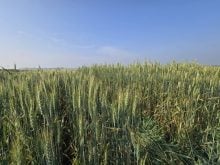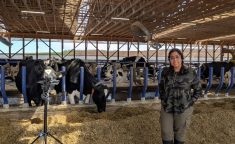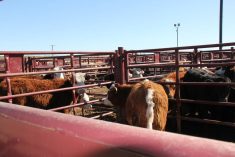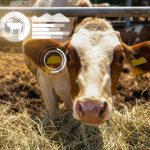Air filters are working to keep pigs safe from porcine respiratory and reproductive syndrome (PRRS), Dr. Scott Dee of the University of Minnesota told a recent industry day organized by the Ontario Pork Industry Council (OPIC).
The lab and research farm results are confirmed by farm experience, said veterinarian Darwin Reicks of the nine-veterinarian Swine Vet Center in Minnesota.
Dee also reported on trials that determined that PRRS can travel at least 3.3 kilometres and remain contagious. He thinks that it could be travelling even further in flatland areas when the weather is cool and damp and only a light breeze is blowing.
Read Also
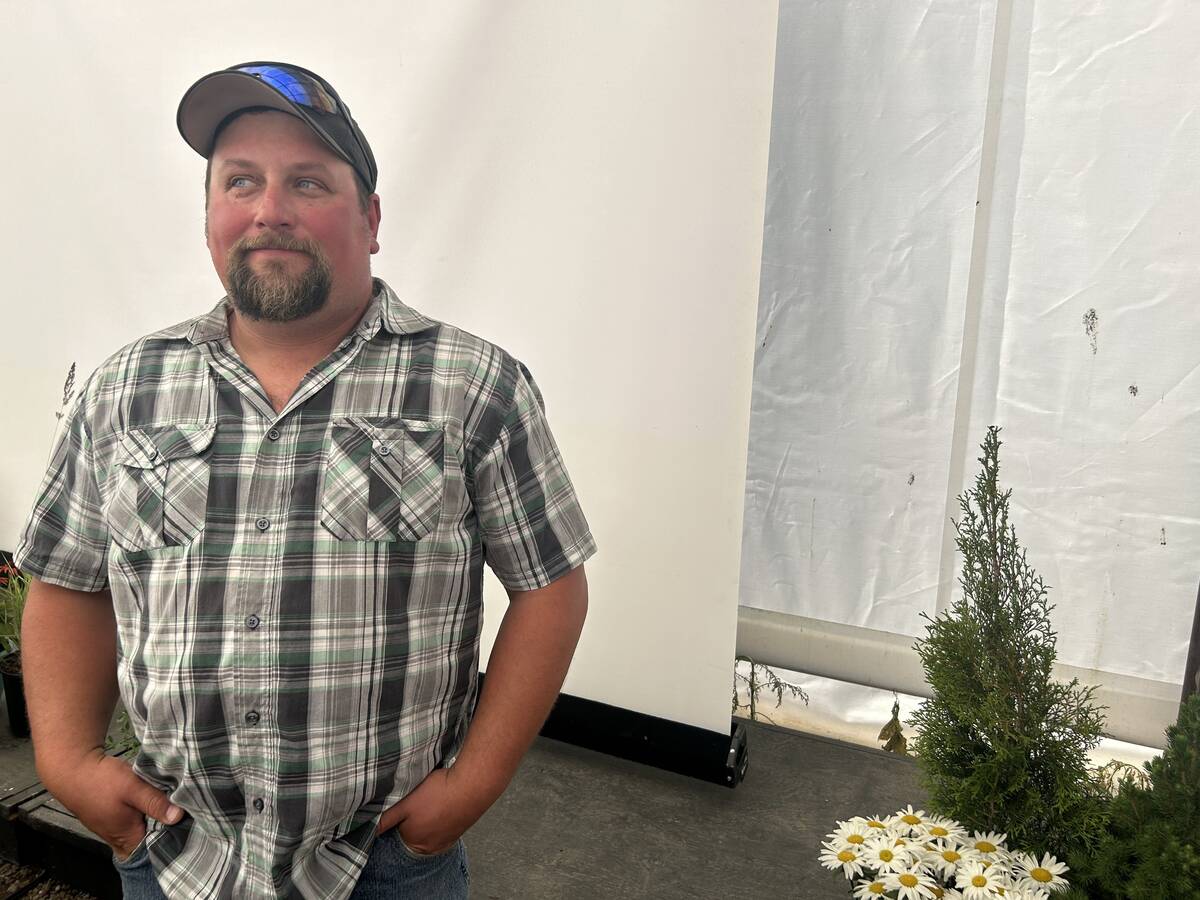
Three paths of rengerative agriculture
From integrating livestock to grassland financial incentives to precision grazing, Canadian farmers are searching for practical paths to marry farm resilience with profit
Reicks said hills, forests and higher wind speeds probably disperse “plumes” of virus escaping a barn filled with sick pigs.
Dee is also finding that less costly filters than the MERV 16 standard tried originally in his trials two years ago could be practically effective, even in pig-dense communities. He has had good results with MERV 14 standard filters.
MERV stands for Minimum Efficiency Reported Value and the higher the number, the finer the particles filtered out.
He has also been encouraged by results with a biofilter, called Noveko, developed in Quebec. The fabric is soaked with anti-viral chemicals.
Dee has also demonstrated that filters keep mycoplasma hypopneumonia out.
Reicks said farmers ought to also consider filters to keep disease outbreaks confined inside a barn, such as an on-farm isolation facility for gilt replacements.
He said a PRRS-positive gilt identified at that stage might be held through farrowing because her piglets could be PRRSnegative.
Neither barn filters nor isolation facilities are common in Ontario.
Dr. Rob MacDougald said the first step for most Ontario farms is improving biosecurity. Every hog operation ought, as a minimum to be implementing the Danish system, he said.
The most obvious practice in that system is showering in and out of every barn, and changing boots and clothes to ones used only in that barn.
Dr. Steve Dritz of the Swine Research Centre at Kansas State University also stressed biosecurity as the best profit-improving measure he has identified in tracking tens of thousands of hogs from Sunterra Farms of Alberta and Sunworld in Ontario, both owned by the same company.
He said those piglets come into Iowa without PRRS, but usually get it before they reach market weight.
He has calculated a difference of $2.46 per hog between disease-negative and disease-positive groups.
Reicks stressed the importance of sealing barns, especially around air intakes, so that all air moving in or out of the barn is filtered. Experience also indicates the filters need to be checked for any damage that leaves holes.




